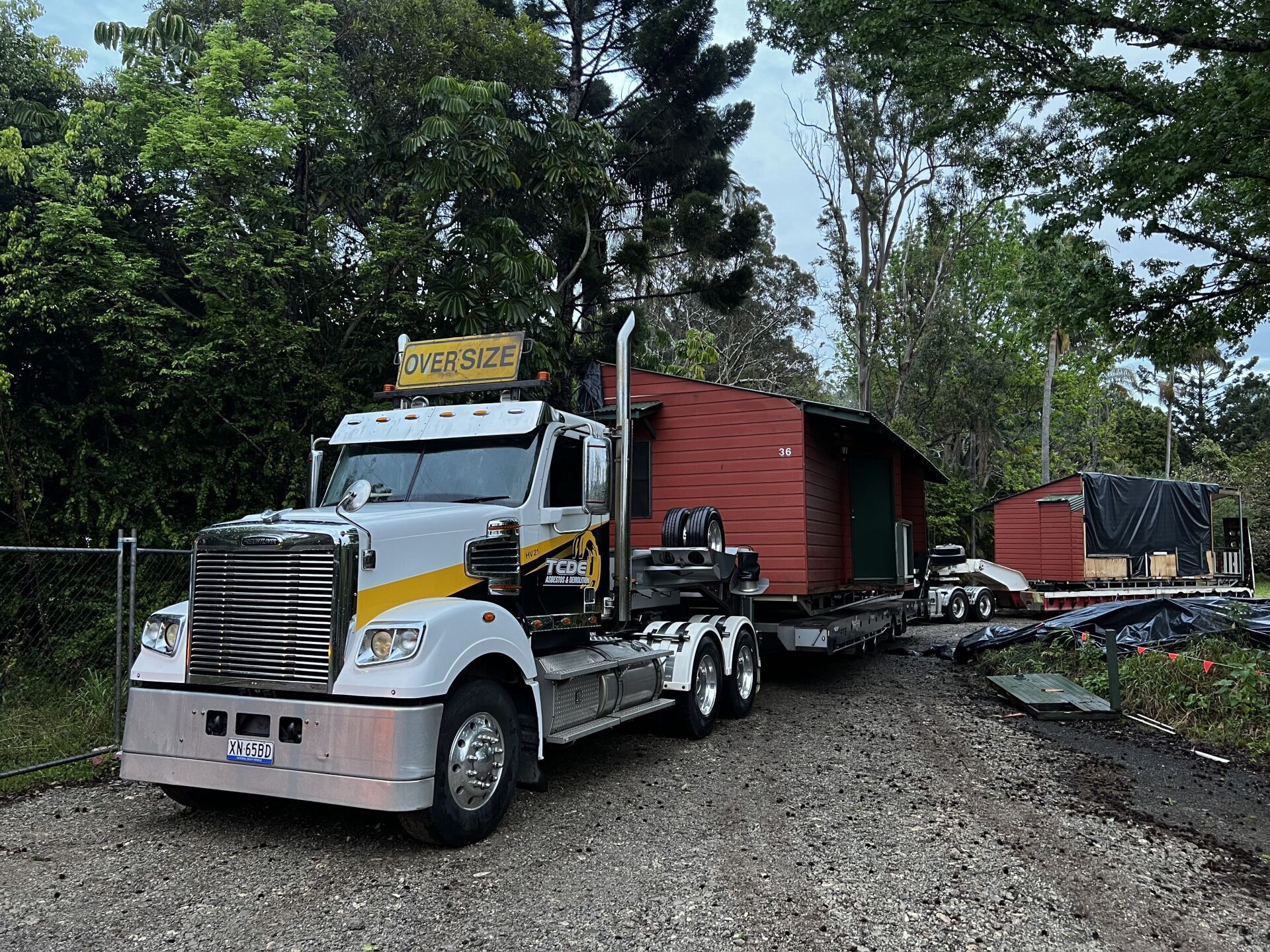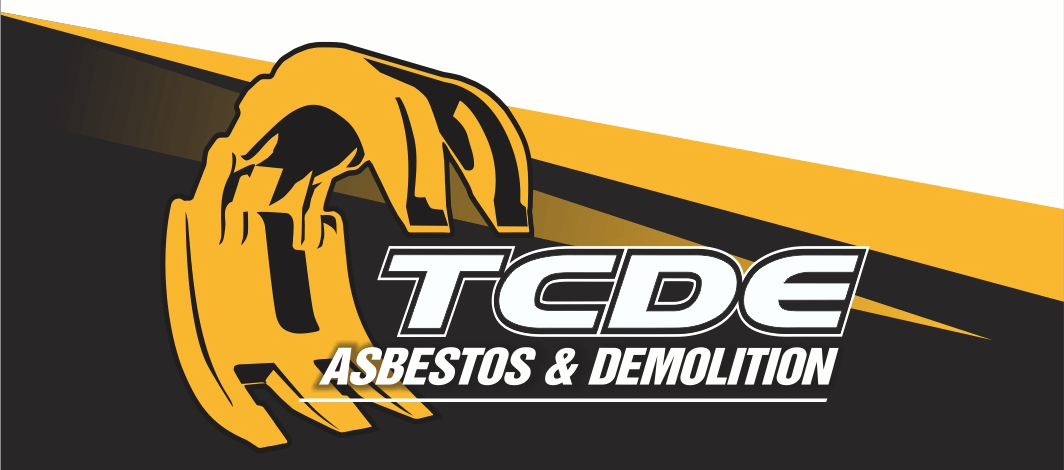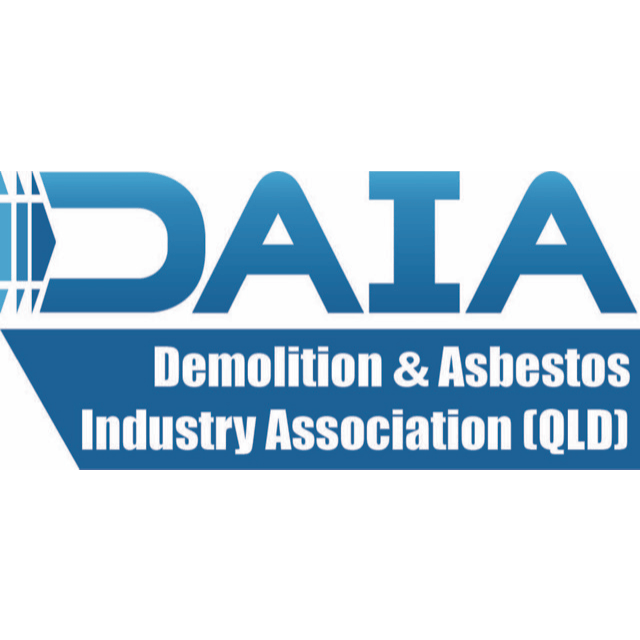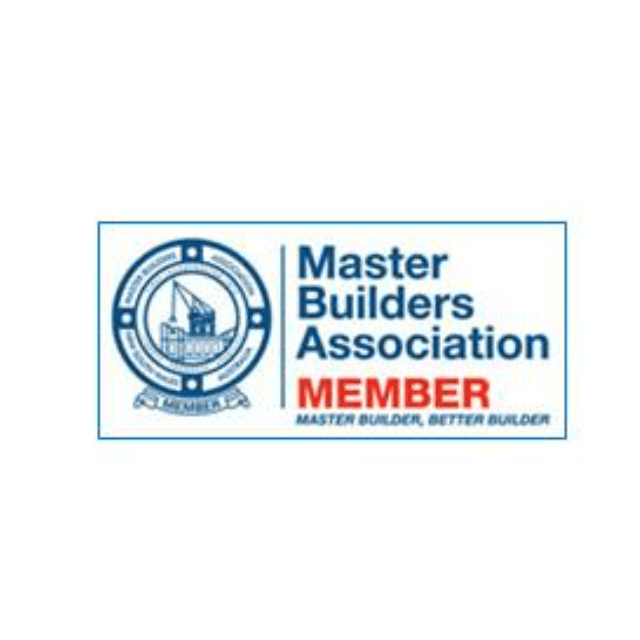Frequently Asked Questions
There is a lot to know about asbestos removal & demolition. See our information below
Frequently Asked Questions
-
How does it all work?
• Make an enquiry, including basic information (who, what, where and contact details).
• One of our team will schedule to view your site for a comprehensive understanding of your needs.
• Receive the estimate.
• Confirm you wish to proceed.
• Your works are tentatively scheduled whilst we perform and await responses of, all necessary compliance planning and logistics.
• Schedule confirmed.
• Neighbours are advised of works commencing, by us, in writing.
• Fencing/exclusions zones etc, set up, and work begins.
-
Do you recycle?
YES! We are proud to provide genuine, maximised recycling demolition services.
With the use of deconstruction and separation methods, many materials can be recycled in a variety of ways. For example:
Bricks, concrete and metals can be recycled through specialised facilities, producing an aggregate product.
Gyprock is taken to a facility where it is then broken down, and the product is created.
Timber can be reclaimed for other future uses, and those timbers that are non-reclaimable are taken to a facility that breaks them down for reuse in other industries.
Through collaborative work with local materials resellers, other building items, such as fittings and accessories, can be reused and repurposed.
We are dedicated to minimising landfill impact through strategic work processes and our commitment to recycling.
-
What is the difference between a partial and full demolition?
Partial demolition: For renovations or extensions where most of the structure is retained and only some demolition work is to be carried out.
Full demolition: Complete demolition of the structure/s.
-
What is asbestos?
Asbestos is a naturally occurring mineral.
Initially, its robust qualities made it a highly effective and frequently used component in many products, including for building, vehicles and domestic use.
We now know that asbestos, when in loose particle form, poses enormous health risks.
Detailed information can be found through Australian government agencies, such as:
https://www.safeworkaustralia.gov.au/safety-topic/hazards/asbestos
-
How do I know if I have asbestos?
The only way to be certain something is or is not an Asbestos Containing Material (ACM) is to have it tested.
Testing can determine IF asbestos is present and what TYPE it is.
The National Association of Testing Authorities provides information on accredited testing locations.
https://nata.com.au/find-organisation/
-
Do I have to vacate while asbestos is removed?
Yes. Asbestos removal is a task that needs to be performed with stringent controls and exclusion zones. This means that occupants need to vacate the premises for the duration of asbestos removal works and until the works are complete.
-
What happens if asbestos is found during demolition?
This happens from time to time. If unexpected or suspect materials are uncovered during demolition, they are treated as ACM until otherwise identified. A test will be conducted, and works on that material will cease until a determination is received.
When this does happen, our primary focus is to address site and worker safety, and thereafter we will contact the client as soon as practicable to advise.
Often we are able to continue to work on another portion of the project while we await test findings.
-
After asbestos removal, how do I know it is safe?
An independent, licensed asbestos assessor will attend the site and conduct a clearance inspection. Once satisfied with the finish of the work, they will issue a clearance certificate.
The clearance certificate indicates that the work conducted has been completed per the regulatory requirements.
-
What about my neighbours?
As part of our processes and regulatory obligations, we supply written notification to neighbouring properties prior to works commencing.
-
The work I need done is difficult to access. How can it be achieved?
Our well-experienced team and fleet of equipment provide flexible solutions to overcome access concerns, including slim machinery for narrow spaces, sturdy equipment for loose or inclining/declining ground, manual operations and savvy, planned approaches.
You can rest assured that conducting a thorough inspection at the initial site visit enables us to understand the extent of the scope and provide a comprehensive estimate that addresses your specific circumstances.
-
How long does it take?
This depends on the size and complexity of the task.
The action of performing deconstructive demolition and asbestos removal is quite swift. At schedule confirmation, we will provide an estimated “out date” for your project.
External factors that impact timeframes can include builders and trades scheduling, councils and compliance procedures, weather, etc.
-
I would like to keep something (door/ beam/ etc), can that be arranged?
Yes, provided it is physically possible within our deconstruction methods and safe to do so (eg. is not a health hazard).
Please ensure this is clearly communicated at the beginning of your project.

Slide title
Write your caption hereButton
Areas We Service
SITE LINKS
Our Locations
OPERATING HOURS
- Monday
- -
- Tuesday
- -
- Wednesday
- -
- Thursday
- -
- Friday
- -
- Saturday
- Closed
- Sunday
- Closed














